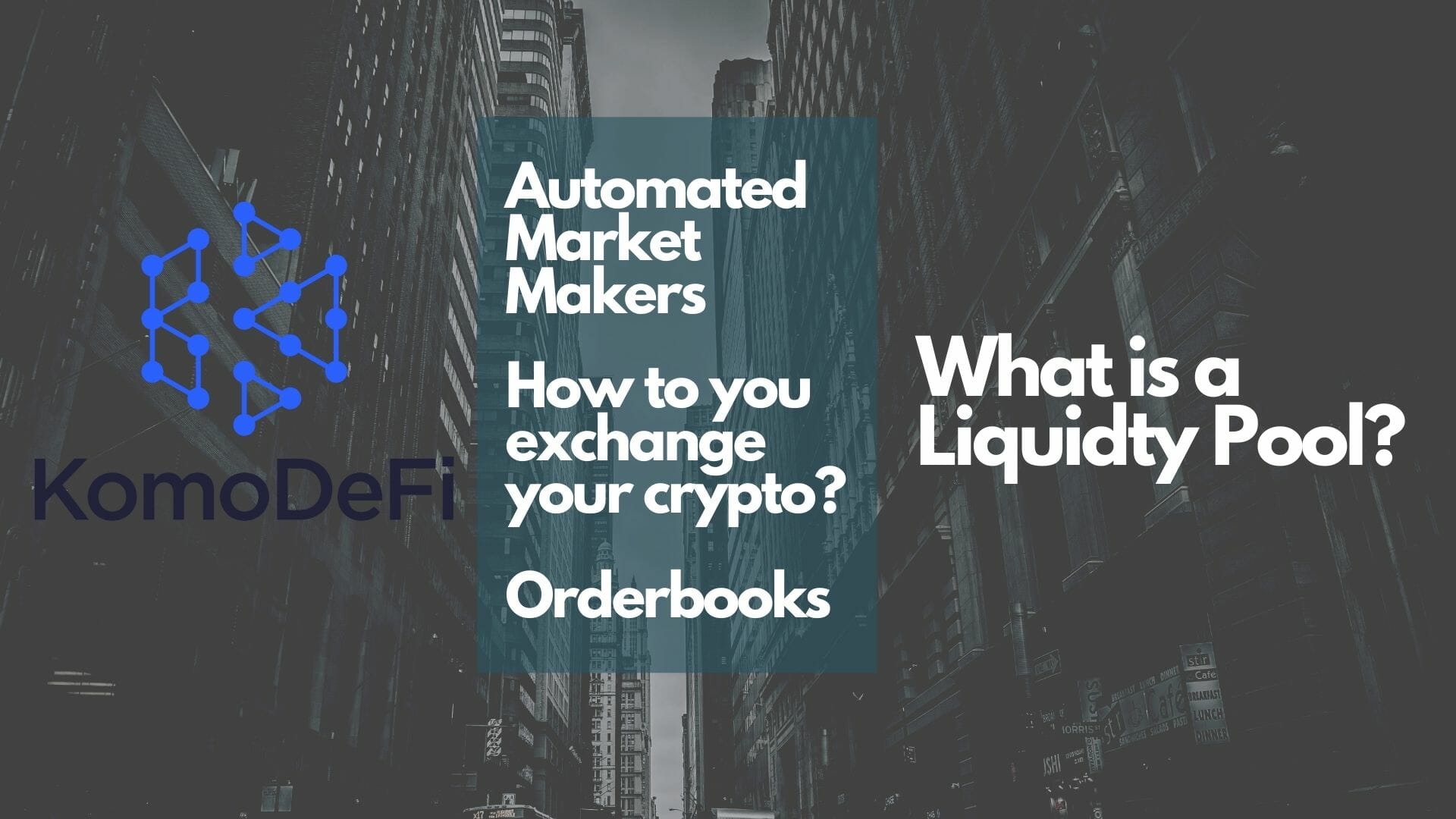
Liquidity pools are a collection of coins and tokens locked in a smart contract. These liquidity pools facilitate decentralized trading and lending. The ever expanding world of DEFI is generating new ideas such as yield farming, etc. All of these models have adapted liquidity pools as their backbone.
One of the first platform to integrate liquidity pools model was Bancor. They became widely popular with the launch of uniswap and later on Binance adaption. This model is not exclusive to large investors only. Anyone with funds can contribute to pools and earn incentives.
The previous widely used trading model was orderbook model. In this model makers and takers used to settle on a price fair for both. Makers were those willing to sell their assets at the highest price. Takers were buyers willing to buy an asset at the lowest price. This model was good but with a few problems.
For every trade executed on an orderbook the maker had to pay gas fee to get converted funds in their wallet. This seems fair but Ethereum chain has a hefty gas fee even on transactions of pennies or a few dollars. Market monopoly was another problem for takers to buy illiquid assets at high prices. Finding assets that were illiquid on a good price was also a problem.
This was both a problem for makers and takers as on chain transactions on Ethereum chain were almost impossible. A two layered chain or pegged tokens is a method widely used but still unstable.
In liquidity pools there is no gas fee concept the liquidity providers have a pool of assets and price is automatically generated. Liquidity pools have trade fees as low as 0.17% which is better than many large scale centralized exchanges.
Liquidity pools use Automated market maker (AMM) model. This comes as a game changer as a buyer does not have to rely on a seller but instead trade from a pool directly. We have mentioned previously that, assets stored in a smart contract are called liquidity pools.
This is called peer to contract trading. A buyer does not need a seller with an order of his/her matching. They only need enough liquidity in a pool to execute trade directly from the pool. An algorithm manages trades, prices and fees automatically.
In every liquidity pool the ratio of assets is always 1:1. For example, if there is a pool of KMD/USDT and the price of KMD is 3 USDT each. There should be 3 USDT for each KMD in the pool. If the pool has 1000KMD it should have 3000 USDT. This ensures a smooth trade execution with maximum asset utilization.
For each trading pair liquidity providers get LP (Liquidity pool tokens). 1 LP token means 1 KMDUSDT token for 1KMD:3USDT in liquidity pool. This represents the amount of liquidity provided for an assets. LP tokens are exchangeable but makes liquidity pool concept more complex and bloated.
The concept of Liquidity pools in DEFI world is a breakthrough and is being used in a number of cases. Some examples can be yield farming, governance projects, minting synthetic assets. DEFI is connecting traditional finance with more and more newer concepts such as tranching.
Liquidity pools are highly lucrative but comes with risks as well. You can read this article on impermanent losses, involving risks with liquidity pools.
